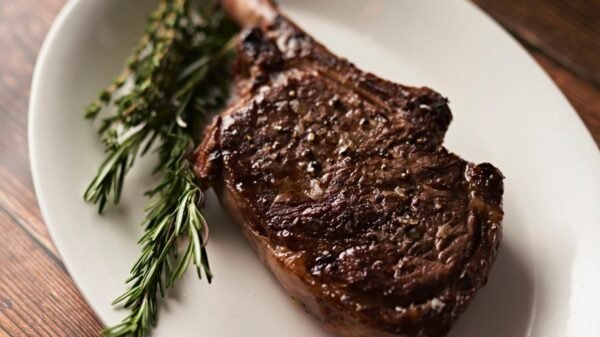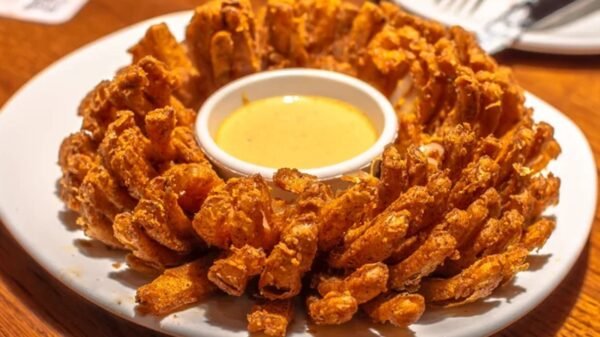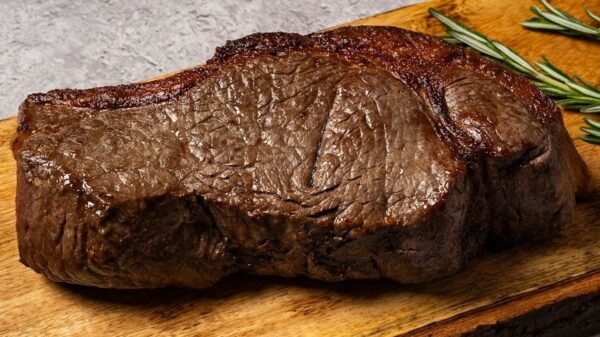The Rise and Fall of Lone Star Steakhouse: How the Bloomin’ Onion Played a Role
Lone Star Steakhouse was once a notable name in American dining. As a family-friendly steakhouse chain, it marketed an experience blending traditional flavors with a casual, rustic atmosphere. However, like many iconic brands, Lone Star faced challenges that ultimately led to its decline. Among the various factors contributing to its downfall, it is essential to consider the influence of the well-known Bloomin’ Onion, popularized by Outback Steakhouse, on Lone Star’s fate.
Beginnings of a Favorite
Lone Star Steakhouse made its entrance into the competitive restaurant landscape in 1989, establishing roots initially in North Carolina. Its allure stemmed from its hearty steaks and friendly service, which resonated with consumers looking for a satisfying meal. The restaurant’s owners introduced a wide menu, attracting diners with different tastes. With a strong early following, Lone Star quickly expanded, reaching up to 200 locations nationwide.
The Financial Strain and Wall Street
Despite its popularity, financial health is crucial for sustainability. As expansion accelerated, the chain grappled with the complexities of corporate management and market saturation. Publicly traded, it faced pressures from Wall Street to consistently deliver profitable growth, which compelled the brand to make hasty decisions. Financial reports indicated fluctuations in revenue, raising concerns among investors. The focus on numbers detracted from the customer experience, causing many longtime patrons to seek alternatives.
Innovators and the Copycat Effect
Throughout the 1990s, Lone Star Steakhouse thrived during a trend where casual dining concepts flourished. However, as the years rolled on, the rise of competitors began to create a saturated market. Brands such as Outback Steakhouse were quick to dominate, introducing innovative menu items like the Bloomin’ Onion. This appetizer became a defining feature of Outback’s identity and drew crowds away from similar establishments. Lone Star, attempting to emulate its competitors, introduced their own versions of popular dishes, but the results were lackluster compared to the original offerings from Outback.
Riding High but Crumbling
During the late 1990s, Lone Star seemingly hit its stride, with continued expansion and supportive customer loyalty. However, they faced increasing competition that threatened their hold on the market. The introduction of bold marketing strategies and flavor innovations from rival chains slowly eroded Lone Star’s customer base. As diners opted for fresher experiences, Lone Star’s once-vibrant image began to fade into the background.
The Great Recession and Its Impact
The economic downturn of the late 2000s struck all facets of the food industry. Lone Star, heavily reliant on a wider range of higher-priced steak offerings, could not withstand the financial strain that the Great Recession imposed. The cost-cutting measures introduced by management further deteriorated the quality and service patrons had come to expect. As competition intensified, many consumers opted for more affordable dining alternatives, deeply affecting Lone Star’s revenue.
Decline and Bankruptcy
With cash flow dwindling, Lone Star Steakhouse filed for bankruptcy in 2011. While this marked a significant turning point, it was not the end of the brand. After restructuring, it limped through continued failures, ultimately resulting in the closure of numerous locations. Once a flourishing chain, Lone Star now struggled to maintain any semblance of its former glory, retreating from many markets it once dominated.
The Final Frontier: Guam
Even as Lone Star attempted to revive its brand post-bankruptcy, it found a unique niche by launching locations in unexpected places like Guam. This international expansion, however, did little to restore the brand to its former prominence. Competition remained fierce, and the American dining market continued to evolve without Lone Star as a leading player.
The tale of Lone Star Steakhouse is a reminder of the volatility within the restaurant industry. Competing against innovative chains and navigating financial difficulties, it ultimately fell victim to the very trends it sought to embrace. The famed Bloomin’ Onion, a cultural phenomenon initiated by Outback Steakhouse, illustrates how fierce competition can dictate the fate of restaurant chains. The story of Lone Star serves as a cautionary tale about brand resilience and the importance of adaptability in a rapidly changing market.






































